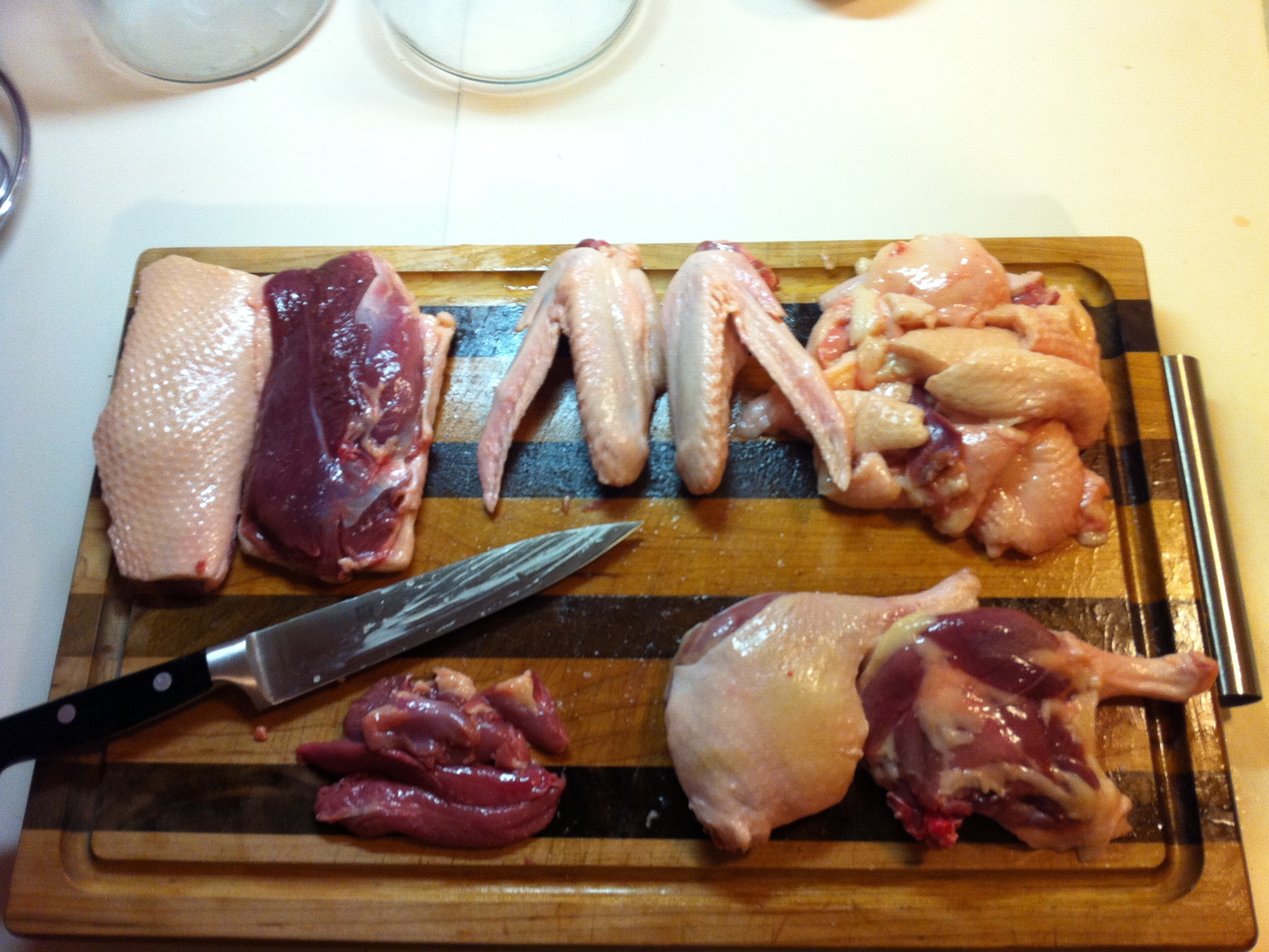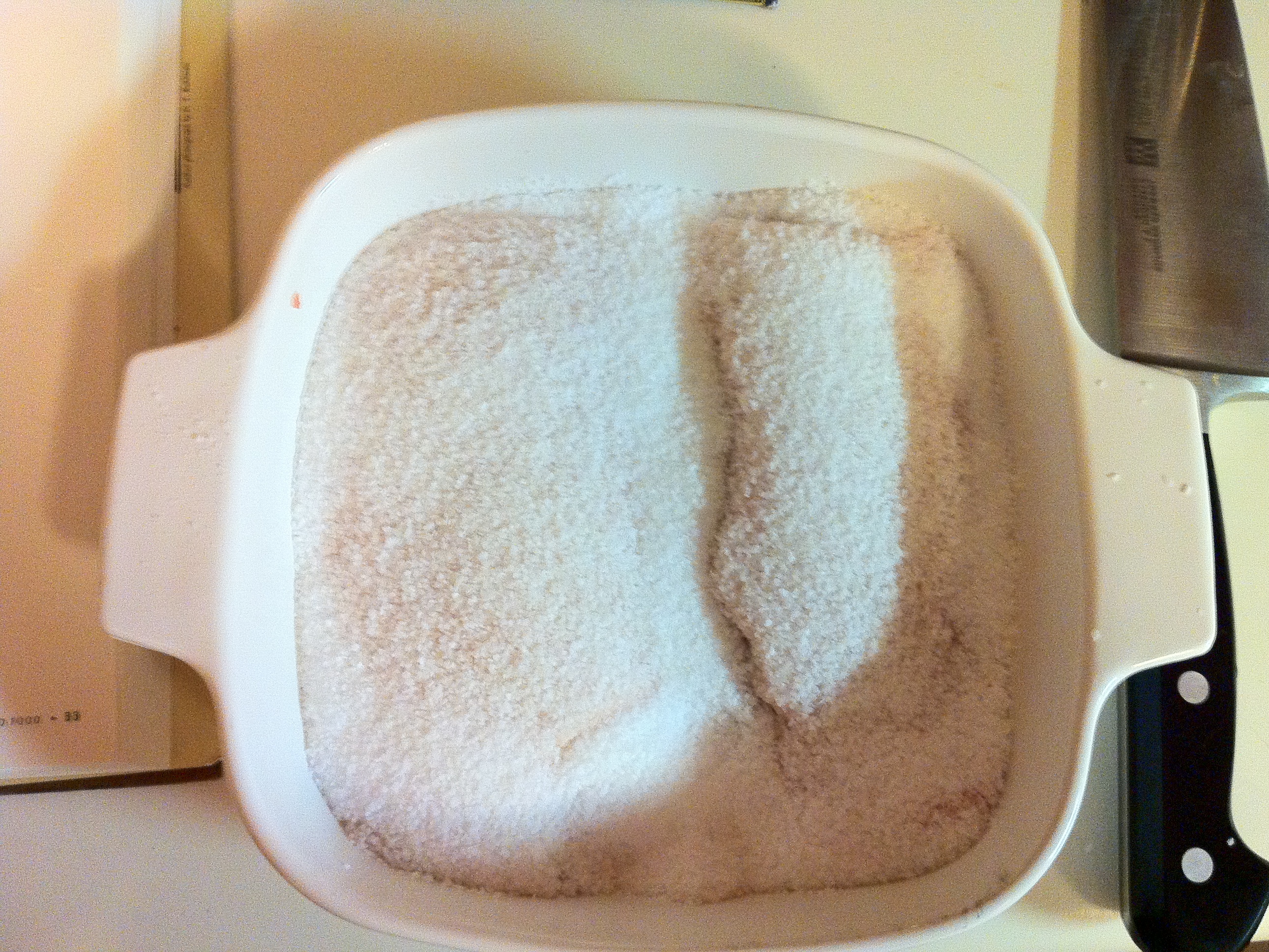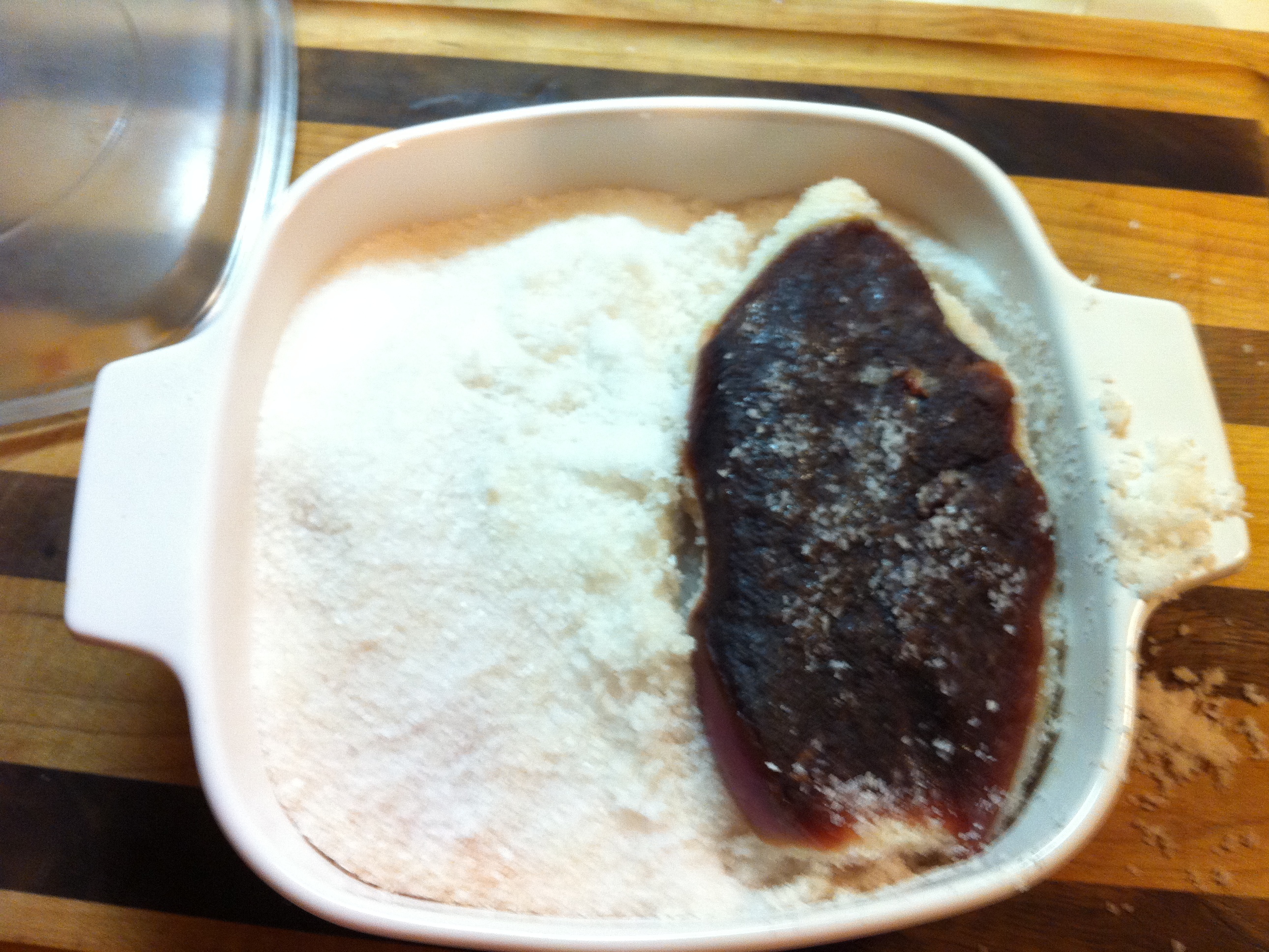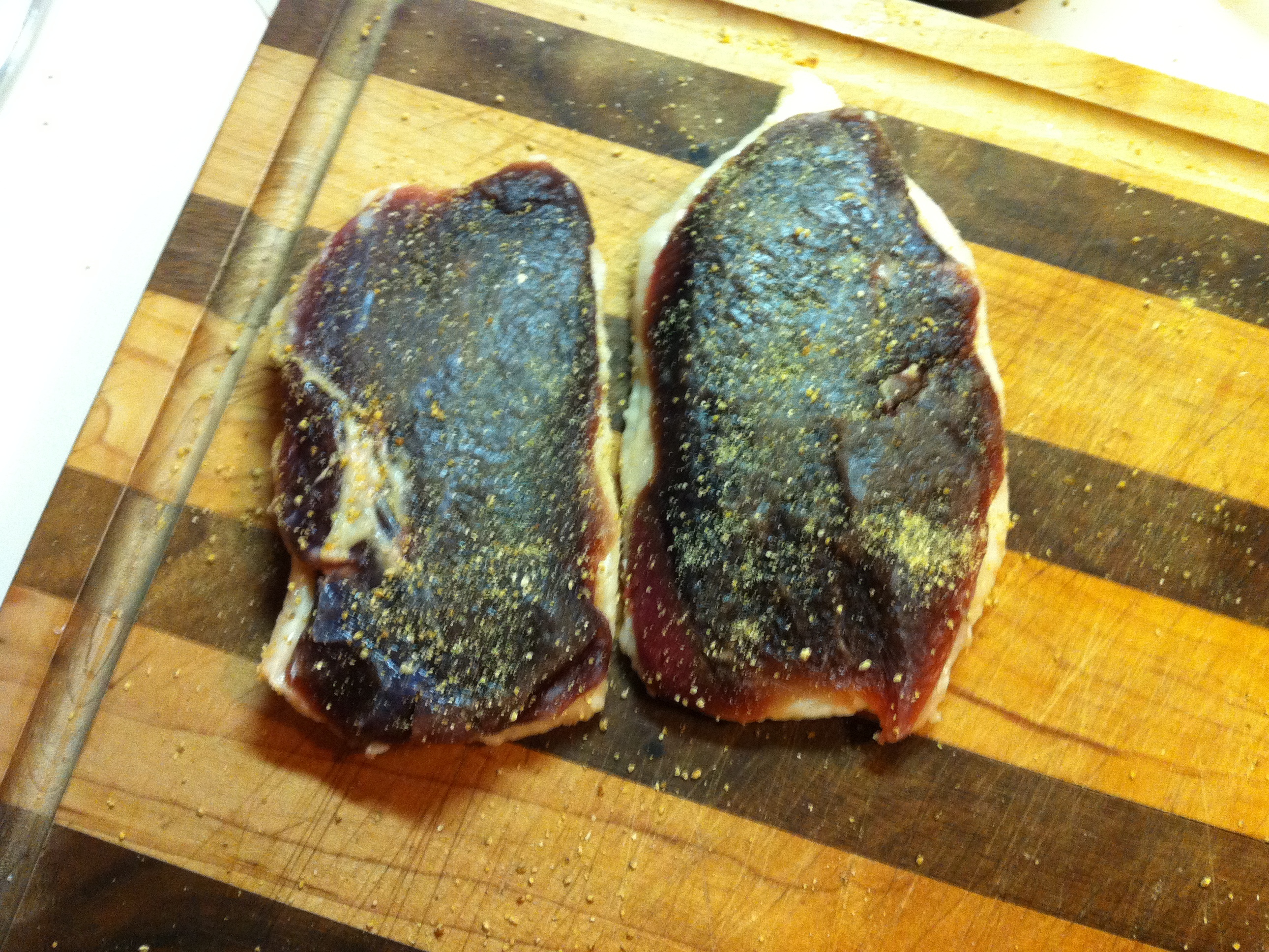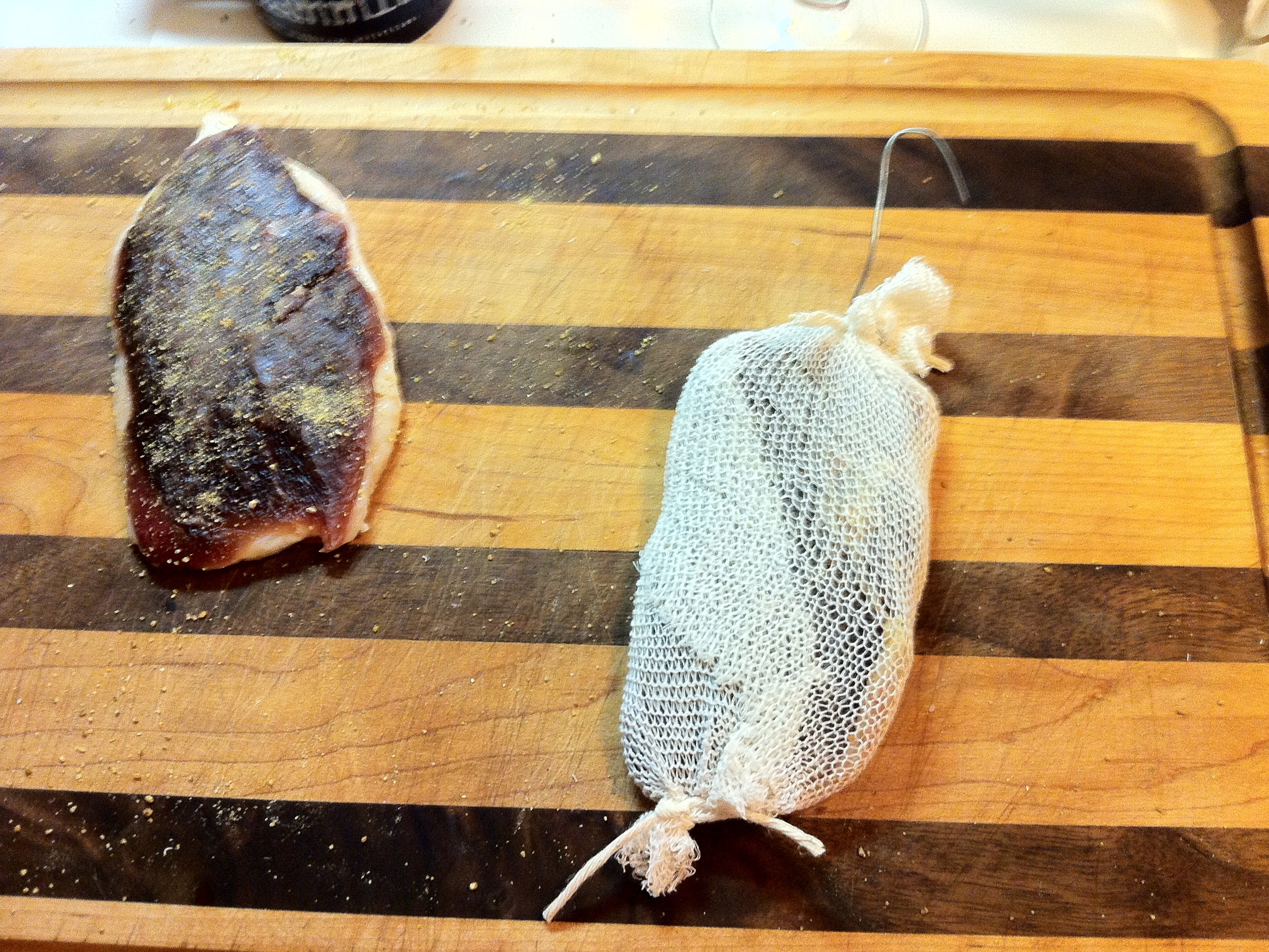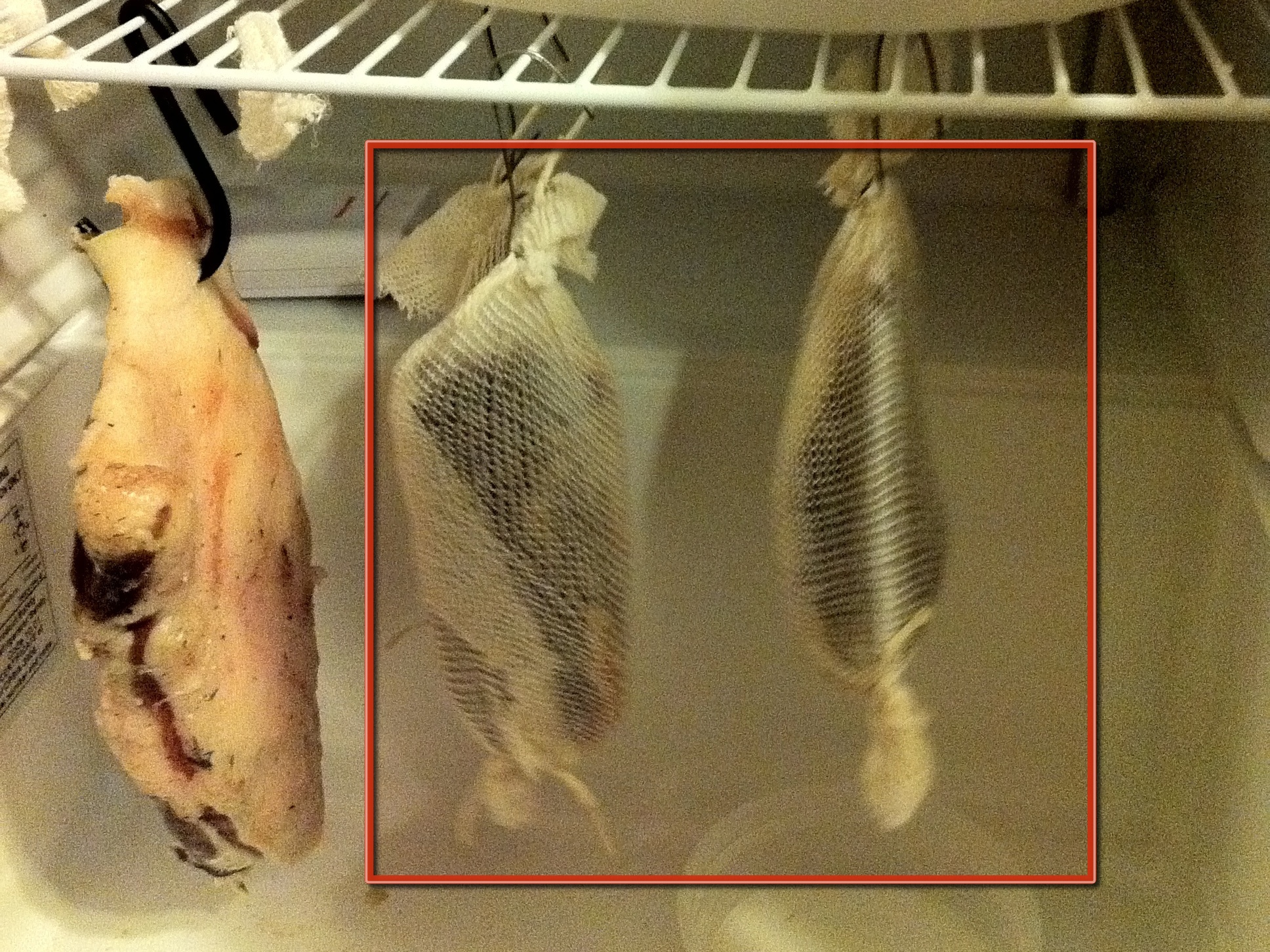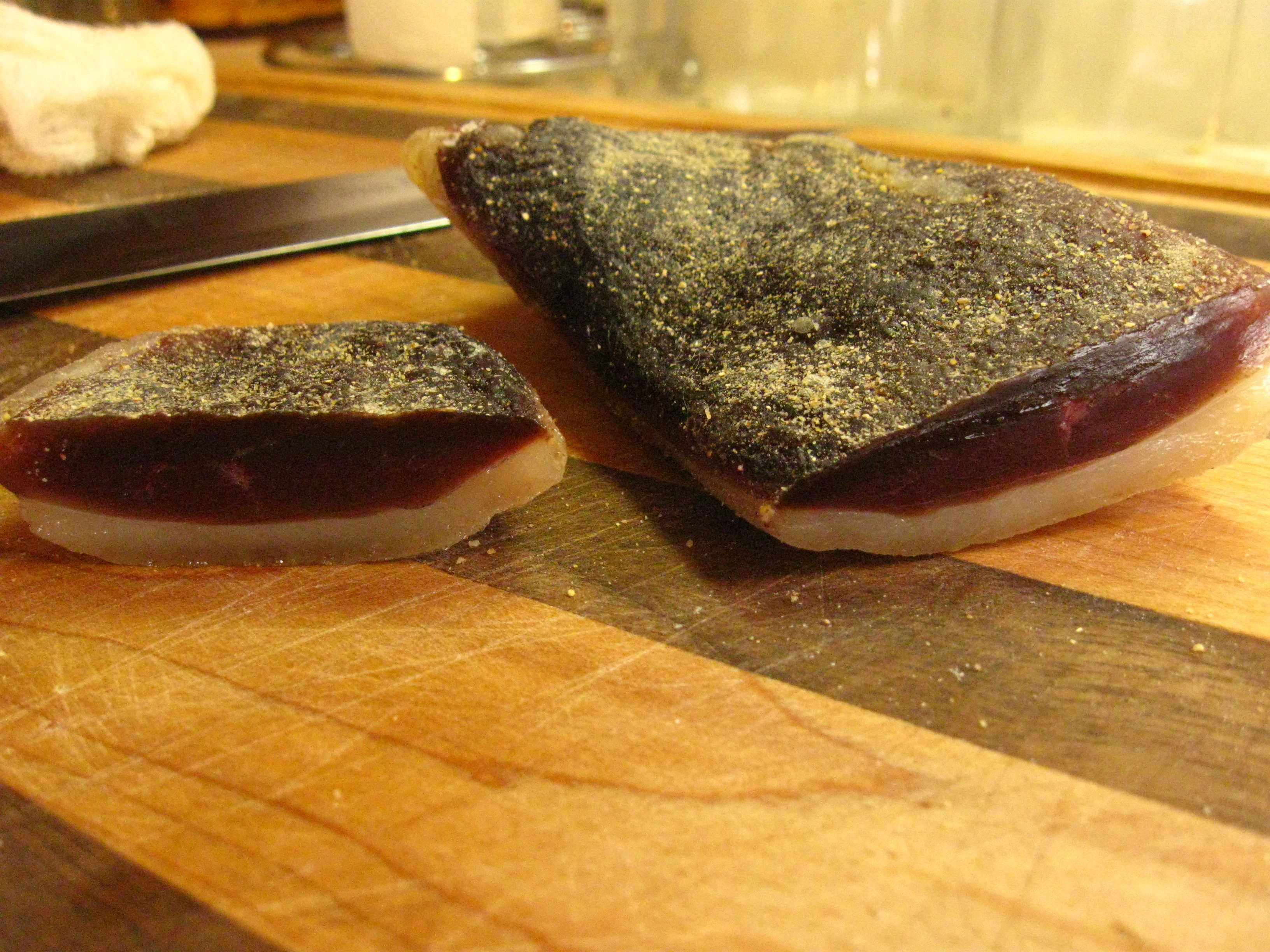Duck is a wonderful and versatile meat. This simple recipe for curing and drying the breast meat produces a ham remarkably similar to a good prosciutto but only takes about a week. This guide will cover all the steps to cure and dry the ham and some tips on eating it.
While this recipe can be made with grocery-store duck, it’s best when made using pastured duck from a local farm. When left to their own devices farm ducks have a pretty varied diet and will eat a wide variety of grasses, bugs, minnows, etc., in addition to their feed. This not only contributes to the well-being of the duck, it also greatly improves the flavor and texture of the meat. With a simple dry-cure recipe like this that difference is greatly amplified.



